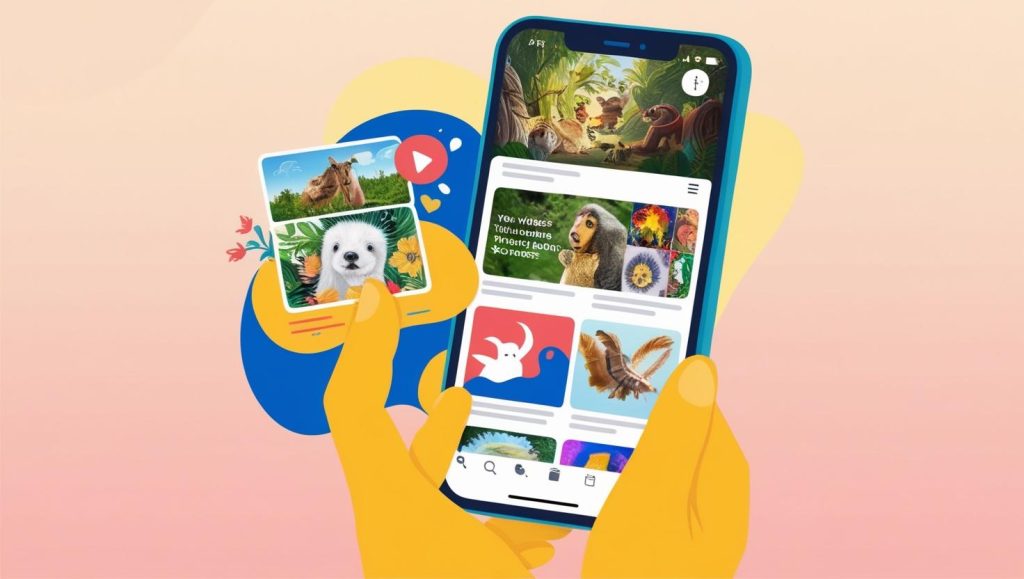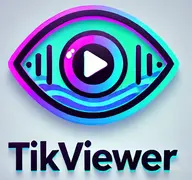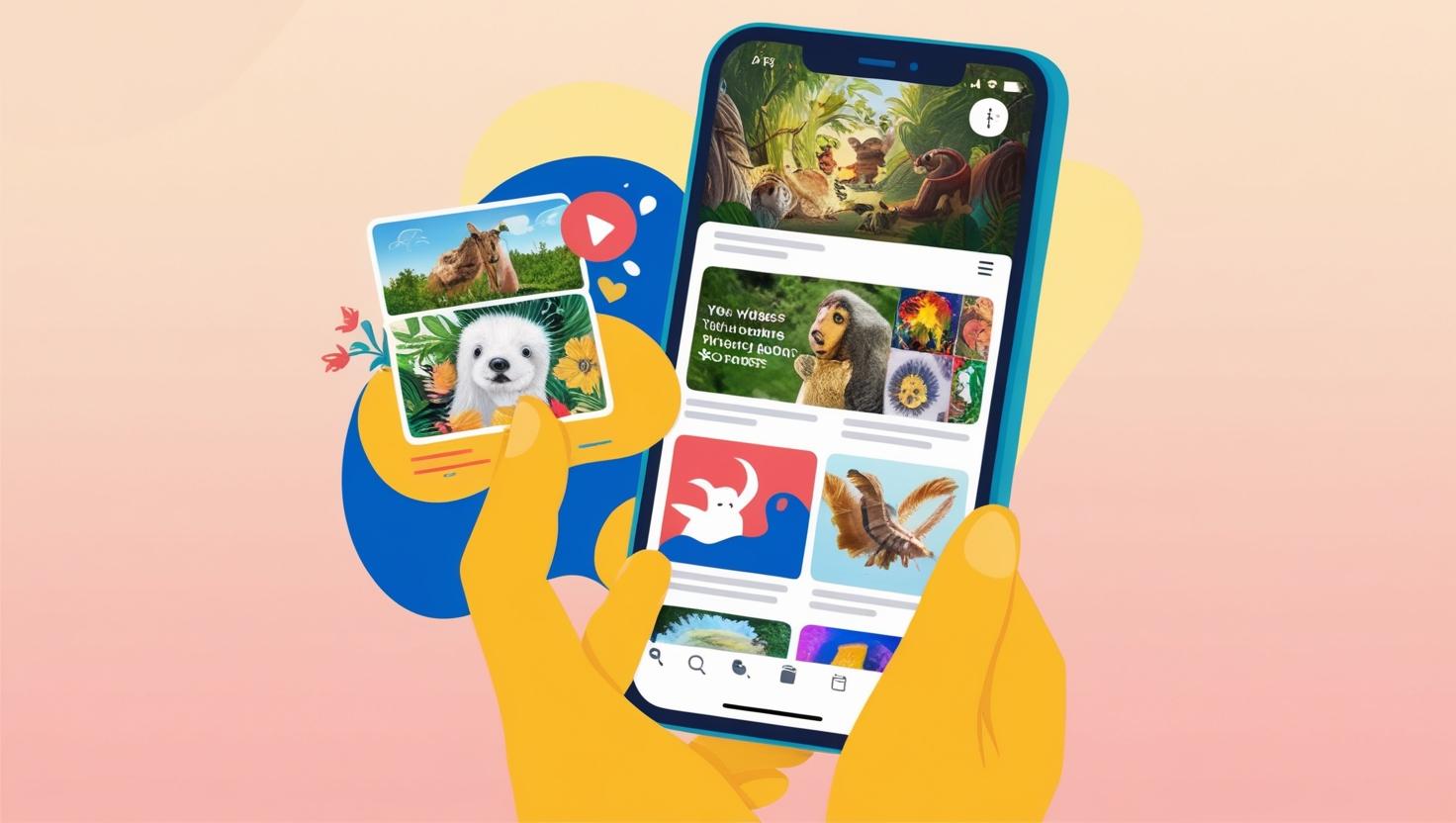The Ethics of Digital Privacy in Viewing Private TikTok Era
As TikTok has evolved into one of the world’s most influential social platforms, it has created new questions about digital privacy, content access, and the ethical boundaries of online browsing. With hundreds of millions of users sharing content daily—some publicly and others behind private account settings—the platform represents a microcosm of broader digital privacy debates.
This comprehensive exploration addresses the complex ethical considerations surrounding private TikTok content viewing. We’ll examine the tension between legitimate research interests and privacy rights, establish frameworks for ethical content access, and explore how services like TikViewer.com navigate these nuanced issues while maintaining ethical standards.

The Privacy Landscape on TikTok
Before diving into ethical considerations, it’s important to understand TikTok’s privacy architecture:
- Binary Privacy Model: Accounts are either public (viewable by anyone) or private (restricted to approved followers)
- Partial Public Information: Even private accounts display limited information publicly (username, profile picture, follower count)
- Content Control: Private accounts must approve each follower who wishes to view their content
- User Expectations: Private settings create reasonable expectations of limited audience and controlled distribution
This structure establishes the foundation for our ethical discussion—the technical and social boundaries that define private content on the platform.
The Stakeholders in the Privacy Equation
Any meaningful ethical analysis must consider all stakeholders affected by private content viewing:
- Content Creators: Individuals who produce content with specific privacy expectations
- Viewers: Those seeking to access content for various purposes
- Platform Providers: TikTok and its responsibility to enforce privacy settings
- Third-Party Services: Tools like TikViewer that interact with the platform
- Broader Society: Cultural norms and expectations about digital privacy
Balancing the legitimate interests of these stakeholders is at the heart of ethical private content viewing.
Fundamental Ethical Principles for Content Viewing
Respect for Autonomy and Consent
The principle of autonomy—respecting individuals’ right to make their own choices—is central to ethical content viewing:
- Explicit Privacy Choices: Private account settings represent deliberate decisions that deserve respect
- Informed Consent: Access should generally be based on the creator’s informed consent (through follow approval)
- Purpose Limitation: Content should only be viewed for purposes aligned with reasonable expectations
- Control Preservation: Viewing methods should not undermine creators’ control over their content
Respecting these autonomy principles forms the foundation of ethical viewing practices.
Balancing Legitimate Interests
Ethical frameworks must also consider the legitimate interests of various parties:
| Stakeholder | Legitimate Interests | Ethical Boundaries |
|---|---|---|
| Content Creators | Privacy, audience control, creative expression | Right to restrict access, determine audience |
| Viewers | Information access, research, connection | Should respect privacy settings, seek permission when required |
| Platform (TikTok) | User protection, policy enforcement, growth | Obligation to maintain effective privacy controls |
| Services (TikViewer) | Providing useful tools, enabling privacy for viewers | Must operate within platform policies and ethical standards |
Ethical viewing practices acknowledge and balance these sometimes competing interests.
The Harm Principle in Digital Contexts
John Stuart Mill’s harm principle—that actions are justified unless they harm others—provides valuable guidance:
- Direct Harm Assessment: Does viewing private content directly harm the creator?
- Indirect Consequences: Could the viewing lead to subsequent harmful actions?
- Cumulative Impact: How would widespread adoption of certain viewing practices affect the platform ecosystem?
- Context Sensitivity: Different viewing contexts (personal, professional, research) require different ethical evaluations
This principle helps distinguish between ethical and unethical approaches to private content viewing.
Ethical Frameworks for Different Viewing Scenarios
Professional Research and Analysis
For marketers, researchers, and analysts, special ethical considerations apply:
- Legitimate Purpose: Research should have clear, defensible objectives
- Minimal Necessary Access: Only access what’s needed for the specific purpose
- Anonymization: Where possible, anonymize observations and findings
- Transparency: Be open about research methods when publishing findings
- Proper Attribution: Credit creators appropriately when referencing their content
These principles allow professional research while respecting creator rights.
Personal and Casual Browsing
For personal viewing, different but equally important ethics apply:
- Respect for Boundaries: Accept that not all content is meant for all audiences
- Official Channels: Use proper follow requests rather than seeking workarounds
- Mutual Respect: Treat creators as you would want to be treated as a content producer
- Meaningful Engagement: When given access, engage respectfully and constructively
These guidelines promote a healthier social media ecosystem for all participants.
Educational and Academic Contexts
Researchers and educators face unique ethical considerations:
- Institutional Review: Follow established research ethics protocols
- Aggregate Focus: Emphasize patterns rather than individual creators
- Prior Approval: Seek permission when studying specific accounts
- Confidentiality: Protect subject identities in published research
- Educational Purpose: Clearly define and limit educational uses
These standards align academic interests with creator privacy rights.
How TikViewer Approaches Ethical Content Viewing
Our Ethical Framework and Commitments
TikViewer.com is built on a foundation of ethical principles that guide our technology and policies:
- Respect for Privacy Settings: We never circumvent or bypass TikTok’s privacy controls
- Legitimate Access Only: We only provide anonymous viewing for content users already have permission to access
- Transparency About Capabilities: We clearly communicate what our service can and cannot do
- Harm Prevention: Our policies and features are designed to prevent misuse of our technology
- Continual Ethical Review: We regularly reassess our practices against evolving ethical standards
These commitments ensure that TikViewer remains an ethical tool for TikTok browsing.
Technical Implementation of Ethical Principles
Our ethical commitments are embedded in TikViewer’s technical architecture:
- Permission-Based Design: Our systems verify legitimate access before enabling anonymous viewing
- No Security Circumvention: We’ve specifically designed our technology to respect TikTok’s security measures
- Privacy-Preserving Technology: Our anonymous viewing protects both creator and viewer privacy
- Ethical Use Guidelines: Clear terms of service prohibit misuse of our platform
- Educational Resources: We provide guidance on ethical viewing practices
These technical choices reflect our commitment to ethical content viewing.
Common Ethical Dilemmas and How to Navigate Them
When Professional Research Meets Privacy Boundaries
Professionals often face challenging ethical questions about private content:
Dilemma: A marketer needs competitive intelligence on a private brand account. Ethical Navigation:
- Seek legitimate access through official channels
- Focus research on publicly available information
- Consider reaching out professionally to establish a relationship
- Never use deceptive means to gain access
- Respect refusals when access is denied
Dilemma: A researcher studying content trends encounters valuable private content. Ethical Navigation:
- Obtain proper research ethics approval
- Seek explicit permission from content creators
- Anonymize all references to specific accounts
- Limit data collection to what’s necessary
- Share research benefits with participants when possible
These approaches balance research needs with privacy respect.
Personal Browsing Ethical Challenges
Individual users face their own ethical considerations:
Dilemma: You’re curious about a private account but don’t want to request to follow them. Ethical Navigation:
- Accept that the content isn’t intended for you
- Focus on publicly available profiles instead
- Recognize that curiosity doesn’t override privacy choices
- Consider whether your interest is appropriate and healthy
Dilemma: You lost access to a private account you previously followed. Ethical Navigation:
- Send a new follow request if appropriate
- Accept that the creator may have changed their audience preferences
- Don’t seek technical workarounds to regain unauthorized access
- Respect the creator’s current privacy choices
These guidelines promote respectful personal browsing habits.
The Future of Ethical Content Viewing
Evolving Standards and Technologies
As digital privacy awareness continues to grow, several trends will shape the future of ethical content viewing:
- Granular Privacy Controls: Platforms will likely offer more nuanced privacy settings
- Enhanced Creator Insights: Better analytics about who views content and how
- Ethical Technology Design: Growing emphasis on privacy-by-design principles
- Community Standards: Evolving norms about acceptable viewing practices
- Regulatory Frameworks: Potential new laws governing digital privacy and content access
TikViewer is committed to evolving alongside these trends while maintaining our core ethical principles.
Building a Culture of Digital Respect
Beyond specific practices, the future of ethical content viewing depends on cultivating broader digital respect:
- Education: Helping users understand privacy implications and ethical viewing
- Transparency: Clear communication about how viewing technologies work
- Accountability: Mechanisms to address privacy violations when they occur
- Shared Responsibility: Recognition that all stakeholders play a role in ethical ecosystems
This cultural shift will ultimately determine how effectively we balance content access with privacy protection.
Frequently Asked Questions About Ethical Content Viewing
Is it ever ethical to view private TikTok content without permission?
Generally, no. Ethical viewing respects the privacy choices made by content creators. The private account setting represents a clear boundary that should be honored. The primary ethical approach is to request access through TikTok’s official follow request system. There are very limited exceptions, such as parents monitoring their minor children’s accounts or specific legal processes, but these are narrow and context-specific exceptions.
If I previously had permission to view content, is it ethical to use anonymous viewers?
If you are an approved follower of a private account, using anonymous viewing tools like TikViewer is generally considered ethical as you already have the creator’s permission to view their content. Anonymous viewing in this context protects your own privacy without violating the creator’s audience choice. However, you should still engage with content appropriately and respect any additional restrictions the creator may specify.
What ethical responsibilities do services like TikViewer have?
Viewing services have significant ethical responsibilities including: respecting platform security measures and terms of service, clearly communicating capabilities and limitations to users, preventing misuse of their technology, regularly reviewing practices against evolving ethical standards, and educating users about responsible viewing practices. TikViewer takes these responsibilities seriously as core elements of our service philosophy.
How can I determine if my viewing practices are ethical?
Consider these questions when evaluating your viewing practices: Do I have legitimate permission to view this content? Am I respecting the creator’s expressed privacy choices? Would I be comfortable explaining my viewing method to the content creator? Is my purpose for viewing reasonable and non-harmful? Would I find it acceptable if others viewed my content in the same way? These questions can help guide ethical decision-making around content viewing.
What should I do if I discover unethical viewing practices?
If you become aware of tools or methods that unethically circumvent privacy settings, consider: not using or promoting these methods yourself, reporting the tools to TikTok if they violate platform policies, educating others about ethical viewing alternatives, and supporting services that commit to ethical practices. This helps maintain a healthier digital environment that respects creator choices.
Conclusion: Toward a More Ethical Digital Viewing Culture
The ethical considerations surrounding private TikTok content viewing reflect broader questions about privacy, technology, and digital citizenship in the modern age. As TikTok continues to grow as a cultural force, the choices we make about how we access and view content will shape not just our individual experiences but the overall health of our digital ecosystem.
TikViewer.com remains committed to providing valuable anonymous viewing services while upholding the highest ethical standards. We believe that privacy and responsible access can coexist—that viewers can enjoy anonymity while still respecting content creators’ privacy choices and platform policies.
The most sustainable future for social media involves mutual respect between all participants: creators who can trust their privacy settings will be honored, viewers who can research and browse without compromising their own privacy, platforms that maintain effective but not overreaching controls, and third-party services that enhance the ecosystem while respecting its boundaries.
By approaching private content with ethical mindfulness, we contribute to a digital culture where privacy is valued, consent is respected, and technology serves human values rather than undermining them. This balanced approach benefits everyone in the TikTok community while preserving the innovation and connection that make the platform valuable.

